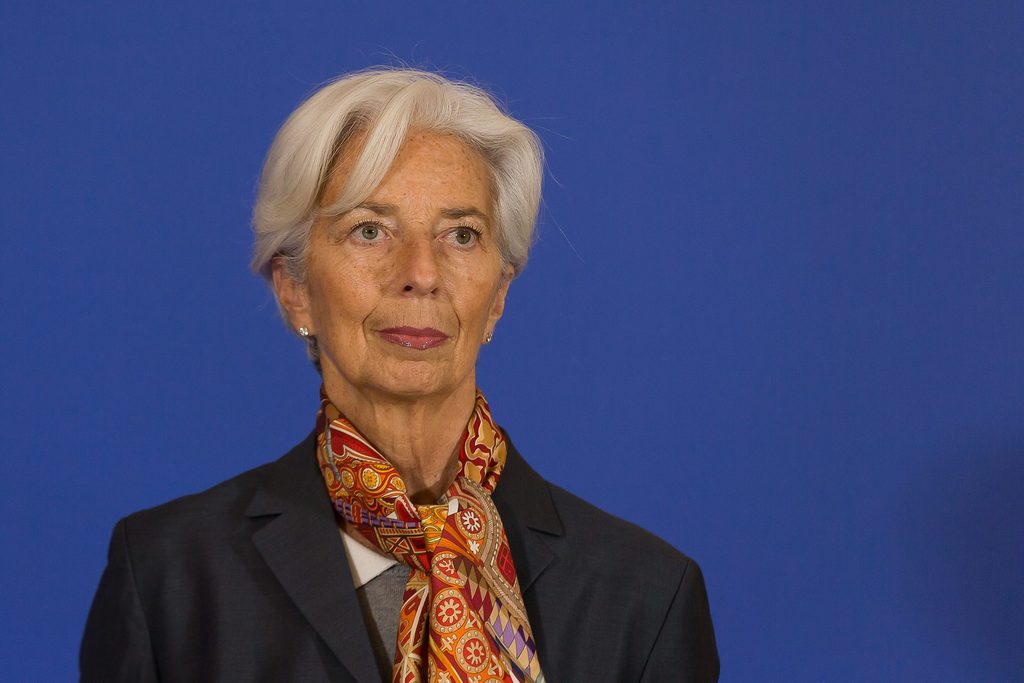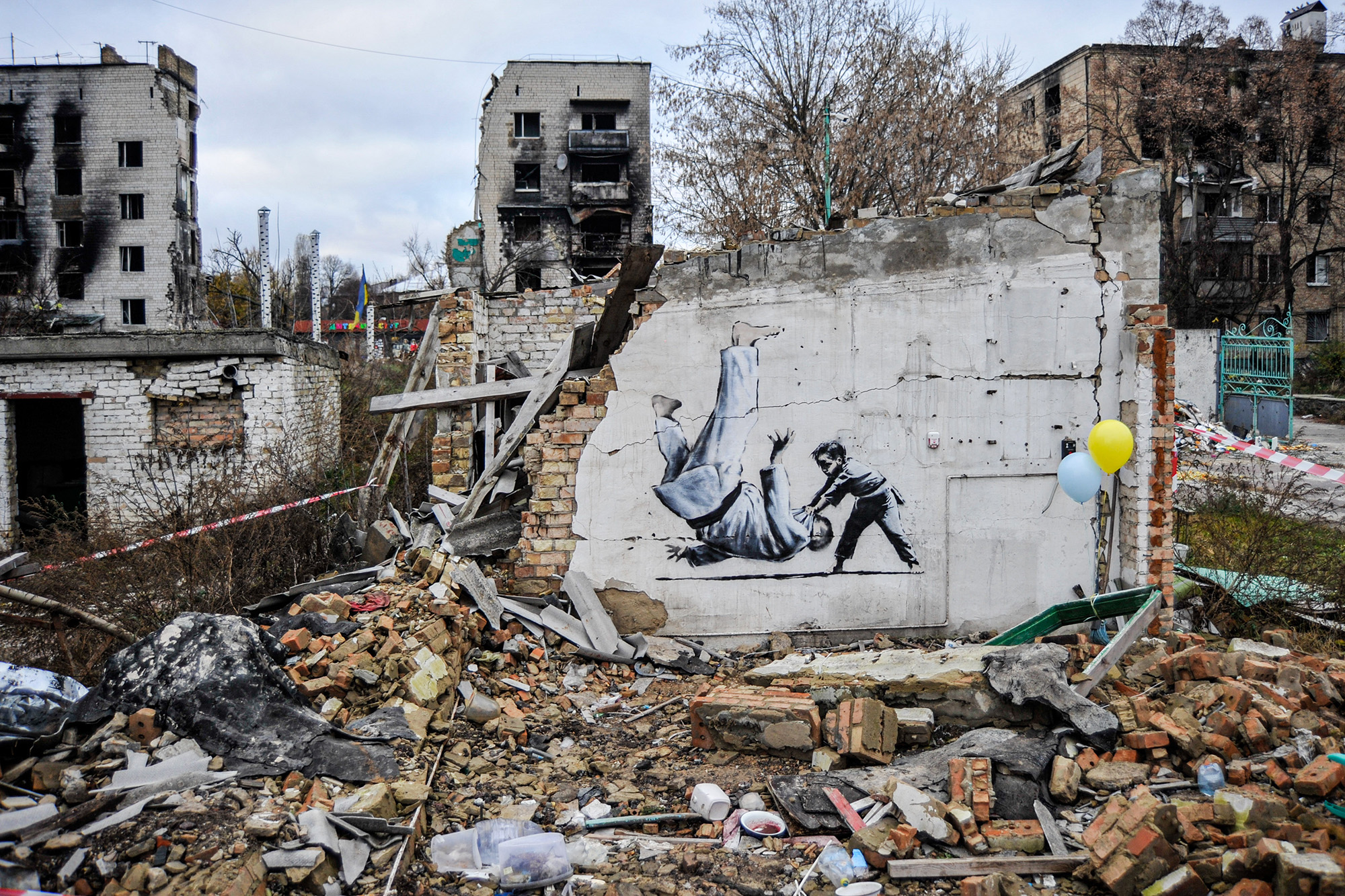Spanish Inflation Slowdown: A Signal For ECB Action?

Table of Contents
The Current State of Spanish Inflation
Recent data from Spain's National Statistics Institute (INE) reveals a notable decline in the Spanish inflation rate. This decrease in the Consumer Price Index (CPI) signifies easing price pressures across various sectors of the Spanish economy. Several factors contribute to this slowdown:
-
Energy Price Fluctuations: The reduction in global energy prices, particularly natural gas, has played a significant role in dampening inflationary pressures in Spain. This follows a period of significant energy price hikes that heavily impacted the CPI.
-
Easing Supply Chain Bottlenecks: While supply chain disruptions still persist globally, the situation has improved considerably in recent months. This reduced scarcity has lessened the inflationary impact of constrained supply.
-
Government Interventions: The Spanish government has implemented various measures aimed at mitigating inflation's impact on consumers, including subsidies on energy and essential goods. These interventions have helped to ease the burden on households and businesses.
Comparing Spain's inflation rate to the Eurozone average reveals some interesting divergences. While Spain has experienced a slowdown, the overall Eurozone inflation rate remains stubbornly high. This discrepancy highlights the complexities faced by the ECB in formulating a unified monetary policy for a diverse group of economies. The slowdown's impact on Spanish consumers and businesses is mixed; while relief from high prices is welcomed, uncertainty about the future economic trajectory remains.
ECB's Response to Declining Inflation in Spain
The ECB's current monetary policy stance is focused on bringing inflation back to its 2% target. To achieve this, the ECB has implemented a series of interest rate hikes and initiated a quantitative tightening program. The question now is whether Spain's inflation slowdown alters the likelihood of further interest rate hikes.
-
Interest Rate Hikes: The recent decline in Spanish inflation could influence the ECB's decision-making regarding future interest rate increases. A continued downward trend might lead the ECB to consider a less aggressive approach to rate hikes.
-
Quantitative Tightening: The ECB's quantitative tightening program involves reducing its bond holdings. Spain's inflation slowdown might prompt the ECB to adjust the pace of this program, potentially slowing down the reduction of its balance sheet.
-
Targeted Measures: The ECB might consider implementing targeted measures to support specific sectors of the Spanish economy that are still facing inflationary challenges. These measures could involve providing additional liquidity to particular industries or regions.
The ECB's decision-making process is influenced by various political and economic pressures. Balancing the need for price stability with the desire to avoid stifling economic growth presents a considerable challenge for the ECB.
Regional Disparities within the Eurozone
Inflation rates vary significantly across different Eurozone countries. While Spain is experiencing a slowdown, other countries may still be grappling with high inflation. This poses a significant challenge for the ECB, requiring it to carefully consider the regional economic differences when formulating its monetary policy.
-
Balancing Diverse Economies: The ECB's task is to balance the needs of diverse economies within the Eurozone. A one-size-fits-all approach might not be suitable given the varying economic conditions across member states.
-
Localized Slowdown vs. Eurozone-Wide Policy: The question arises whether a localized slowdown in Spain necessitates a Eurozone-wide policy adjustment. The ECB will need to assess whether the Spanish slowdown represents a broader trend or a temporary, isolated phenomenon. Economic convergence across the Eurozone remains a significant challenge.
Long-Term Implications for the Spanish and Eurozone Economies
The long-term impact of the Spanish inflation slowdown on Spain's economic growth is a key consideration. A sustained reduction in inflation could boost consumer spending and business investment, leading to stronger economic expansion.
-
Economic Growth and Investment: Lower inflation can positively impact employment and investment in Spain by improving consumer and business confidence. However, a sudden and sharp slowdown might also signal underlying economic weakness.
-
Eurozone Stability: The consequences for the Eurozone's overall economic stability and recovery are significant. A widespread inflation slowdown across the Eurozone would be positive, but regional disparities require careful monitoring and tailored policy responses.
-
Fiscal Policy's Role: Fiscal policy also plays a crucial role. Government spending and taxation policies can complement monetary policy in supporting economic growth and managing inflation.
Conclusion
The recent slowdown in Spanish inflation presents a complex challenge for the ECB. While it offers a glimmer of hope in the fight against inflation, it also highlights the regional economic disparities within the Eurozone. The ECB's response will be crucial in determining the future trajectory of both the Spanish and Eurozone economies, striking a delicate balance between price stability and sustainable growth.
Call to Action: Stay informed about the latest developments concerning Spanish inflation and the ECB's response. Continue to monitor the evolving situation to understand the implications for your investments and financial planning in the face of fluctuating Spanish inflation and ECB policy decisions. Understanding the nuances of Spanish inflation is key to navigating the ever-changing economic landscape.

Featured Posts
-
 Death Of Bernard Kerik Remembering The 9 11 Nyc Police Commissioner
May 31, 2025
Death Of Bernard Kerik Remembering The 9 11 Nyc Police Commissioner
May 31, 2025 -
 Houstons Rat Infestation A Public Health And Drug Crisis
May 31, 2025
Houstons Rat Infestation A Public Health And Drug Crisis
May 31, 2025 -
 Kansas City Royals Games On Kctv 5 2024 Season Schedule
May 31, 2025
Kansas City Royals Games On Kctv 5 2024 Season Schedule
May 31, 2025 -
 Miley Cyrus I Jej Nowy Singiel Flowers Szczegoly O Nowym Albumie
May 31, 2025
Miley Cyrus I Jej Nowy Singiel Flowers Szczegoly O Nowym Albumie
May 31, 2025 -
 Banksys Art Dubais First Ever Exhibition
May 31, 2025
Banksys Art Dubais First Ever Exhibition
May 31, 2025
